PPT-CS 325: CS Hardware and Software
Author : pamella-moone | Published Date : 2019-06-21
Organization and Architecture Integers and Arithmetic Part 3 1 Outline 2s Complement Binary Addition 2s Complement Binary Subtraction Binary Multiplication Unsigned
Presentation Embed Code
Download Presentation
Download Presentation The PPT/PDF document "CS 325: CS Hardware and Software" is the property of its rightful owner. Permission is granted to download and print the materials on this website for personal, non-commercial use only, and to display it on your personal computer provided you do not modify the materials and that you retain all copyright notices contained in the materials. By downloading content from our website, you accept the terms of this agreement.
CS 325: CS Hardware and Software: Transcript
Download Rules Of Document
"CS 325: CS Hardware and Software"The content belongs to its owner. You may download and print it for personal use, without modification, and keep all copyright notices. By downloading, you agree to these terms.
Related Documents



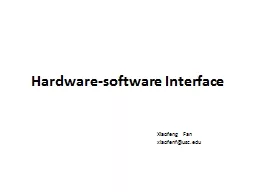
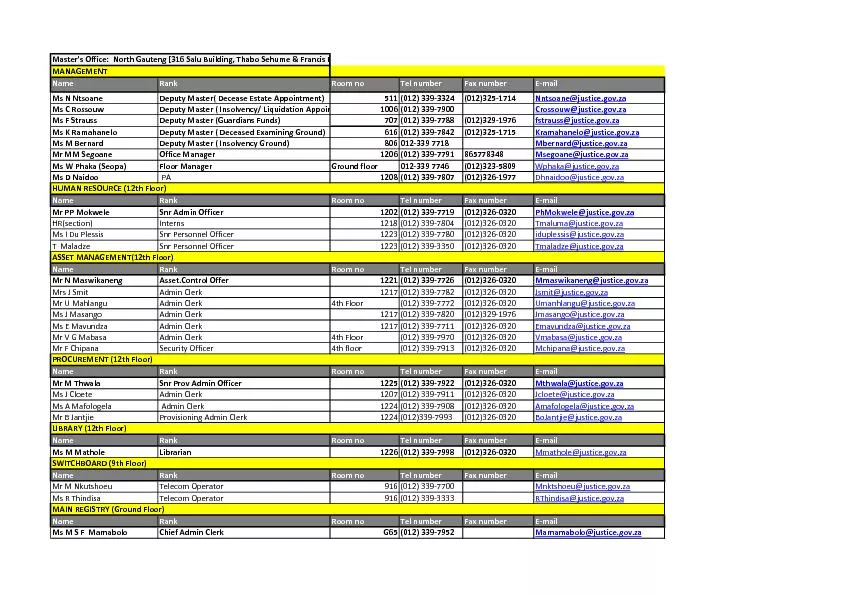
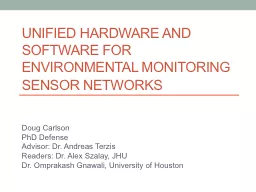
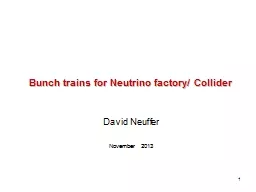
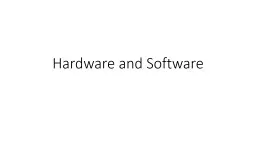
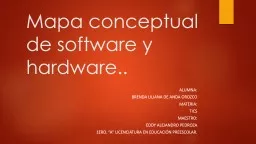
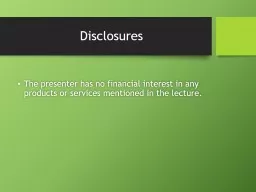

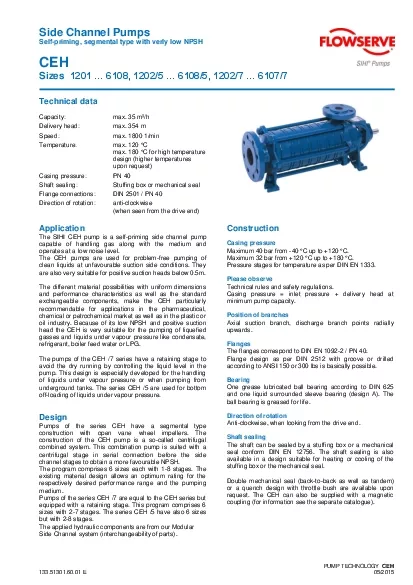

![Cisco 500-325 CSA Exam: Tips & Tricks to Ace the Exam [2023]](https://thumbs.docslides.com/1013854/cisco-500-325-csa-exam-tips-tricks-to-ace-the-exam-2023.jpg)
